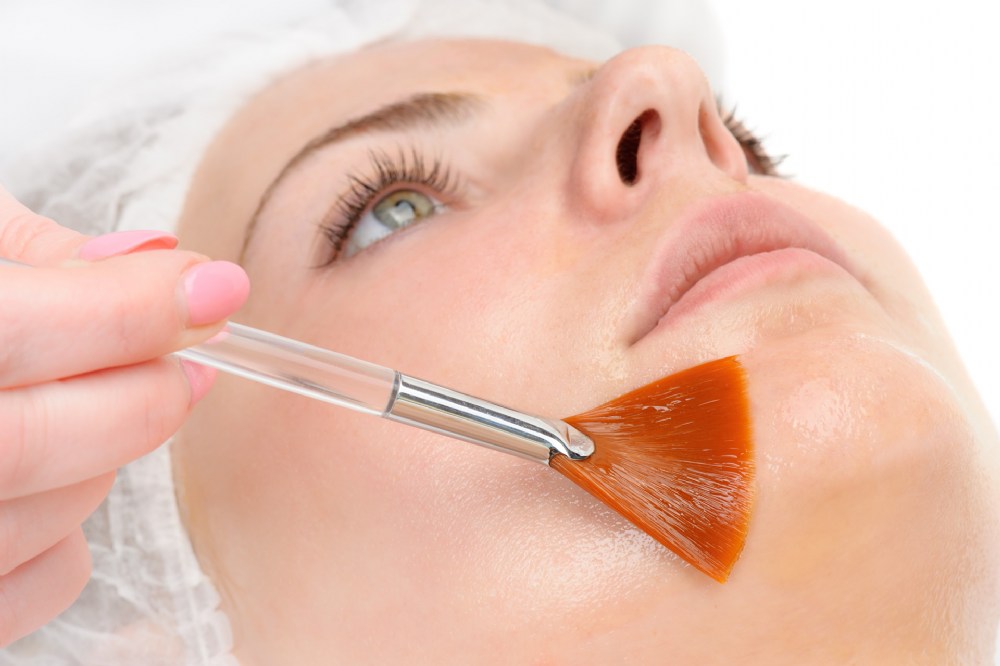
Chemical Peels
Chemical peels are about as close as it gets to the most popular varieties of the medical-grade treatments. We know, exfoliation is removing dead skin, debris, and pore-clogging material from the surface of the skin to reveal newer, brighter skin underneath. There are two different kinds of exfoliation: physical and chemical. Physical refers to anything with a slightly grainy or abrasive texture that you massage into your skin to manually remove build-up.
Chemical exfoliation, on the other hand, utilizes safe-for-skin acids that break through debris and dead skin on a cellular level. But glycolic acid peels can work wonders to transform a dull complexion. Acne, hyperpigmentation sun damage can be potentially treated with the right peel. Find out everything you need to know about the treatment, before you make that appointment.
What is a Glycolic Peel?
Glycolic Peel is an alpha-hydroxy acid, or AHA, used for chemical exfoliation of the skin. AHAs dissolve the bonds that hold dull, dead skin cells together, so they gently shed, revealing brighter, smoother skin underneath.
Glycolic acid is derived from sugar cane, and is an expert favourite for treating signs of ageing, hyperpigmentation, post sun exposure, acne, and acne scars, One of the biggest misconceptions about chemical peels is that they’ll leave your skin looking raw and bloodied but the right peel with the right aftercare will do nothing of the sort.
How Does Glycolic Peel Work?
During a peel, a light layer of the acid is applied to the skin and left on for a short period. The peel, is then neutralised and removed, the peeling process begins. Some skin peeling is expected and totally normal after a glycolic peel. The chemicals cause a reaction with the skin and dissolve the top layer of dead skin.
That said, not every single glycolic peel will result in shedding skin. There are many different strengths of glycolic acid. It’s why talking to a professional and finding the right strength for your skin is important.
AHAs on the lighter end of the spectrum may not lead to noticeable peeling, whereas stronger peels do. Peeling lasts approximately one week, depending on the strength of your peel.
A glycolic peel should not be painful or unbearable. Most people might experience a mild stinging or tingling sensation while the peel is on the skin. There shouldn’t be any pain or discomfort during the days of peeling. Your skin won’t be flaky forever or for very long at all. Some patients are slightly pink for the first day or two, and peeling usually subsides after five to seven days. During this time, avoid using heavy makeup and harsh chemicals on your skin to avoid irritation.
What to Do after A Glycolic Peel
Protecting your skin following your peel is absolutely crucial. Glycolic acid may increase skin’s sensitivity to the sun and risk of sunburn and hyperpigmentation so sun protection and protective clothing are key to making sure you don’t harm your face. Use a hydrating sunscreen formula with SPF 30 or higher to block your skin from UV light and replenish moisture throughout the peeling process.
